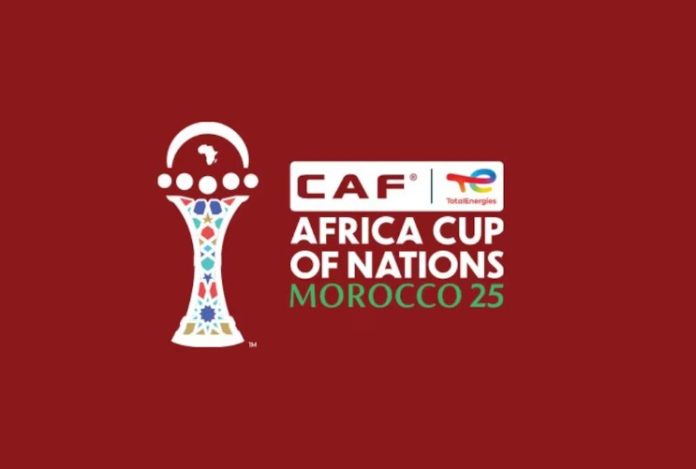As the countdown to the 2025 Africa Cup of Nations continues, Morocco is surging ahead with an all-out effort to deliver on its promises. Across the country’s major cities—Rabat, Tangier, Casablanca, Marrakech, Fes, and Agadir—construction sites are humming day and night. Bulldozers grind, cranes tower above rooftops, and workers race against the clock. Deadlines are tight, but so far, the country is largely sticking to the schedule. Some stadiums will be completed as early as this month, with others following in September.
But this isn’t just about hosting a football tournament. Morocco has its sights set on something much bigger. The 2025 CAN is the opening act in a broader strategic play: to prove its capability as a global host ahead of the 2030 FIFA World Cup, which it will co-organize with Spain and Portugal. What happens next year is intended as a powerful statement—not just to Africa, but to the world.
To back that ambition, Morocco has launched an unprecedented wave of investment. Over 36 billion dirhams have been poured into stadium construction and renovation. The Moulay Abdellah complex in Rabat is being rebuilt from the ground up and will soon accommodate nearly 69,000 spectators. Nearby, a 21,000-seat Olympic stadium was completed in just nine months. In Casablanca, the iconic Mohammed V Stadium has undergone a full modernization, while work is underway to prepare for an even more monumental project: the Hassan II Stadium in Benslimane. Once finished, with a seating capacity of 115,000, it will be the largest sports venue in Africa and a central fixture for the 2030 World Cup.
But infrastructure upgrades don’t end at the stadium gates. Morocco’s vision extends far beyond the pitch. A colossal 96 billion dirhams is being invested in rail infrastructure, with the country’s high-speed train—currently operating between Tangier and Kenitra—set to expand to Marrakech. The aim is to seamlessly link Morocco’s major cities and ensure fast, efficient travel for teams, officials, and fans alike.
Airports are also part of the transformation. With 28 billion dirhams allocated to their modernization, major hubs like Casablanca’s Mohammed V Airport are scaling up dramatically. Its passenger capacity will more than double by 2029, jumping from 15 million to 35 million annually.
Meanwhile, a comprehensive highway plan is rolling out in parallel. It includes widening existing roads, creating urban bypasses, and improving connectivity between the six host cities. For 2025 alone, the Ministry of Equipment has been granted a record-breaking budget of 70 billion dirhams to fund the full spectrum of infrastructure projects tied to both the CAN and the World Cup.
Overseeing this national transformation is the newly established Morocco 2030 Foundation. Designed to streamline coordination, the foundation brings together government bodies, regional authorities, private investors, and international lenders. Its role is to manage timelines, align infrastructure standards, and ensure that every project contributes to a cohesive national vision.
Across host cities, the impact is already tangible. Neighborhoods surrounding stadiums are undergoing rapid upgrades. Roads are being widened, public lighting modernized, and hotels given a fresh polish. New public transit systems are being introduced. The underlying philosophy is clear: to use the momentum of sport as a driver for sustainable urban development.
The stakes couldn’t be higher. Morocco isn’t just preparing to host a tournament—it’s vying to demonstrate that it can meet, and even exceed, global standards in both logistics and governance. The 2025 CAN will be more than a showcase of African football. For Morocco, it’s a live test of its ambition, competence, and international credibility.





